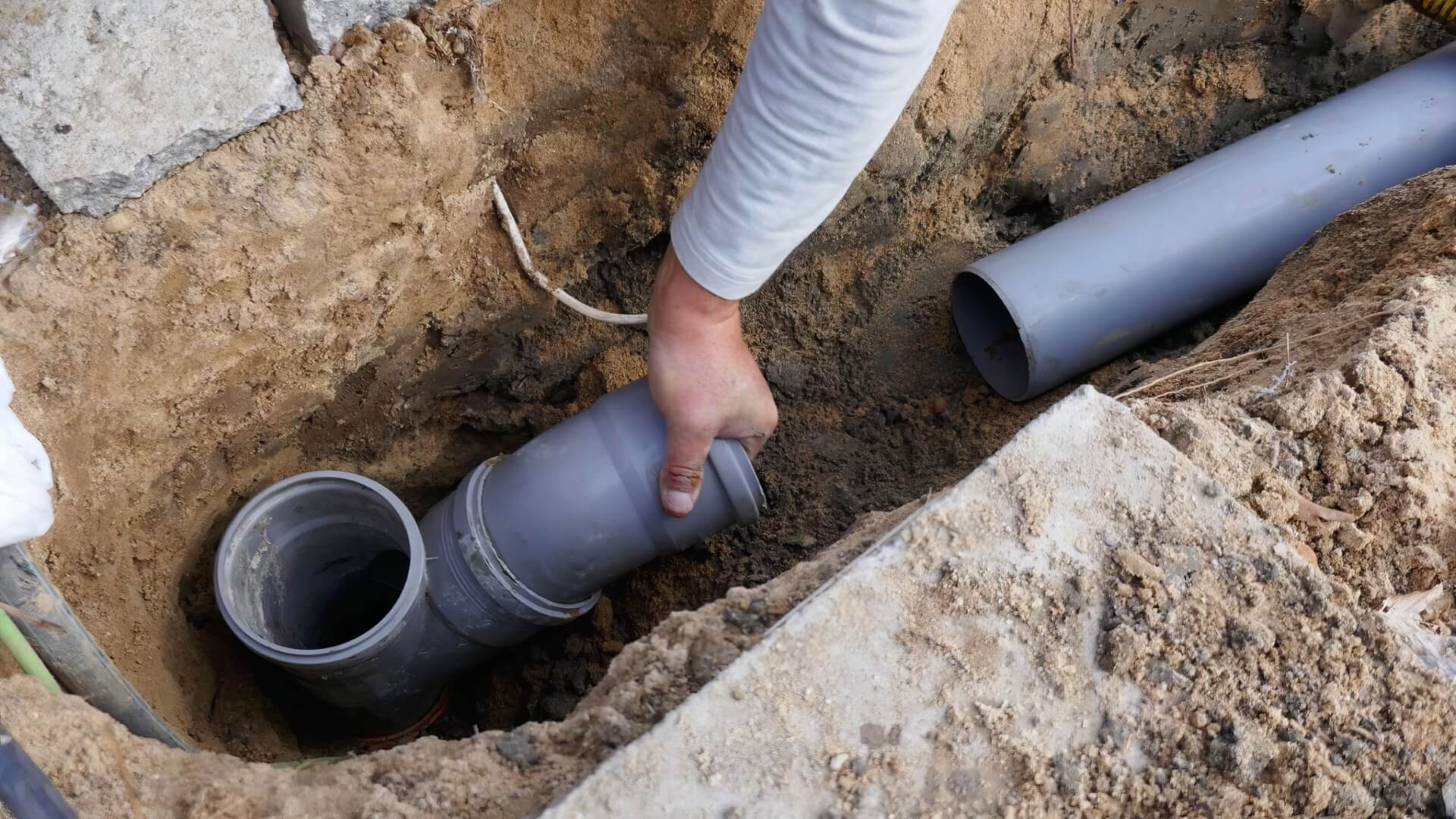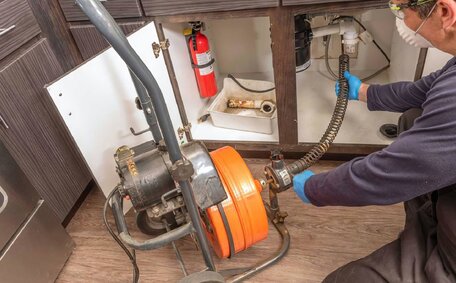Typical Lifespan of Gas Pipelines
Gas pipelines in Australia typically have an expected lifespan of around 50 years. However, with proper maintenance and care, a well-managed pipeline can often operate safely and efficiently well beyond this timeframe.
The actual lifespan of a gas pipeline depends on various factors, including the pipeline’s initial build quality, the materials used, the operating pressures, the transmission load, and environmental conditions. Superior materials, construction standards, and operating procedures can extend the usable life of a pipeline to 60-80 years or more.
Conversely, issues like corrosion, third-party damage, or excessive pressures may necessitate earlier replacement. To ensure safe gas transmission, operators routinely inspect and maintain pipelines to uphold their condition and integrity.
At the end of its service life, a pipeline undergoes a detailed retirement process, including removing residual gas, sealing pipeline segments, and rehabilitating affected landscapes. The pipeline operator works closely with pipeline industry regulators throughout this process.
In Drummoyne and nationwide, the majority of gas pipelines can operate for many more years, testimony to the durability afforded by comprehensive maintenance and operation practices. However, the natural progression towards renewable energy may dictate earlier abandonment schedules for some pipelines.
Proper installation and consistent maintenance are crucial for the safety and durability of pipeline systems. Adhering to industry best practises ensures community safety while maximising pipeline lifespan and efficiency.
Factors Affecting Gas Pipeline Longevity
Multiple factors contribute to determining the service life of a gas pipeline:
Transmitted Gas Type: Pipelines carrying corrosive gases like hydrogen sulphide require more frequent inspections and maintenance. Non-corrosive gases like natural gas extend pipeline lifespan.
Environmental Conditions: Extreme temperatures, seismic activity, flooding, or soil acidity introduces external stresses that accelerate pipe degradation.
Maintenance Regime: Regular inspections, repairs, and corrosion protection greatly prolong pipeline integrity and functionality.
Operating Pressures: Excessive internal pressures increase pipe fatigue and defect growth rates, shortening lifespan.
Capacity Expansions: Expanding pipeline capacity often utilises existing pipeline routes. Although useful initially, expanding capacity can intensify stress on older pipeline sections.
A pertinent example is Western Australia’s Dampier Bunbury Natural Gas Pipeline. Commissioned in 1984 with a 50-year estimated lifespan, the Bunbury pipeline operator is now investing in upgrades and renewable gas sources like hydrogen to extend functionality beyond 2034. Without these interventions, sections of this pipeline would likely require decommissioning within the next decade.
Pipe Materials and Their Expected Lifespans
The materials used to construct gas pipelines directly impact durability and lifespan expectations. The most common materials are:
Steel – The predominant pipeline material with an expected lifespan of 50+ years. Advantages include strength, availability, and ease of construction. Without adequate protection, steel can be prone to corrosion.
Polyethylene (PE) – A lightweight plastic with 70+ year lifespan but lower pressure ratings than steel. PE is highly resistant to chemicals, making it suitable for low-pressure gas distribution networks.
Fibreglass/ composites – Provide superior corrosion resistance, allowing a 60+ year lifespan. However, fibreglass is more expensive than steel or PE.
- Steel pipelines are governed by the stringent requirements of Australian Standard AS2885.
- PE pipes comply with AS/NZS 4130, created specifically for Australia’s conditions.
So while most Australian gas pipelines share an approximate 50-year design life, their actual safe working lifespans are material dependent. Correct material specification, adherence to regional standards, and proper ongoing maintenance are crucial to ensure community safety and asset integrity over decades of service.
The Influence of Climate and Soil Conditions
The climate and soil conditions surrounding buried gas pipelines significantly impact their wear and tear over time. Planning pipelines for Australia’s varied landscapes requires extensive local knowledge.
Several key factors influence the longevity of underground pipelines:
- Moisture: Constant or seasonal flooding accelerates external corrosion.
- Salinity: Salt, minerals and acid sulphate soils promote quicker pipe degradation.
- Temperature Extremes: Expanding or contracting pipes under temperature shifts causes stress.
- Seismic Activity: Ground movement risks pipeline damage or rupture.
In New South Wales, planners must account for the diverse climate from inland regions to the Sydney coast. Inland zones contend with hot summers and dry soils, while coastal areas face high rainfall, storm surges, and saline conditions.
To mitigate environmental variances throughout the state, operators employ specialised materials and coatings. Nevertheless, continuous monitoring and maintenance are vital for preserving the integrity of buried assets, regardless of their location.
Selecting optimal routes and suitable materials for gas infrastructure relies on understanding local conditions to ensure durability and safety.
The Role of Maintenance in Extending Lifespans
Regular inspections and diligent maintenance are critical for extending a pipeline’s operational life beyond the anticipated duration.
Pipeline operators are obligated to comply with industry safety standards that require the routine checking of pipeline integrity. Specialist inspection tools can detect corrosion, defects or weaknesses well before they become critical issues.
Timely maintenance interventions such as recoating bare metal, patching damaged sections or replacing flawed components prevents degradation progressing to failure stage.
Essential maintenance activities include:
- Cleaning and recoating pipes
- Cathodic protection to reduce corrosion
- Monitoring depth of cover
- Assessing water crossings
- Repairing defects and installations
- Upgrading outdated equipment
Ignoring maintenance responsibilities can lead to pipelines surpassing safe operating limits, potentially causing leaks, ruptures, or explosions.
Conducting repairs preemptively is up to 40 per cent more cost effective than emergency repairs post-failure. More importantly, proactive maintenance safeguards surrounding communities and environments.
With rigorous safety standards now extending asset lifespans up to 80 years, Australia’s pipeline networks will continue serving energy needs for decades to come through prudent maintenance regimes.
Recognizing Signs of Gas Pipeline Wear and Tear
Early detection of gas pipeline degradation is essential to prevent potential safety hazards. Pipeline operators routinely monitor for common indicators of wear and tear:
- Gas Leaks – Escaping gas may be noticed through smell, visibility, or unusual plant damage along the pipeline route. Unexplained loss of line pressure also indicates underground leaks.
- External Corrosion – Regular above-ground surveys help spot early pipe coating breakdown or rust formations.
- Soil Movement – Ground shifts expose buried pipes to stress damage. Nearby excavations require heightened monitoring.
- Equipment Defects – Issues with valves, fittings or seals allow gas escape. Routine testing ensures timely repairs.
Once defects are identified, integrity assessments pinpoint their location, severity, and the necessary response. Early intervention prevents further deterioration, avoiding community impact and costly emergency repairs further down the track.
Continuous monitoring of asset condition and performance enables timely identification and resolution of issues, preventing pipelines from becoming unsafe.
Best Practices For Replacing Old Pipelines
Eventually all gas pipelines must be replaced, typically once a pipeline is approaching or beyond its original lifespan estimate of 50 years. Professional pipeline operators follow best practise guidelines when managing pipeline replacement projects.
Thorough assessments by qualified engineers help determine remaining integrity and expected longevity for ageing pipelines. Once identified for replacement, a structured process ensures community safety and continuity of supply:
- Seek expert consultation on optimal replacements material and route
- Model failure impact risks and devise contingency plans
- Obtain approvals from relevant regulators and local authorities
- Develop site-specific safety procedures for urban areas like Drummoyne
- Install new pipelines alongside existing routes before decommissioning old pipes to prevent supply disruption
- Ensure all new materials and works meet current pipeline standards and regulations
- Validate new pipeline integrity post-installation using pressure tests and inline inspection tools
By proactively managing pipeline replacements, operators can guarantee ongoing safe and reliable gas supply while preventing emergency failures in ageing infrastructure.
Safely Decommissioning and Abandoning Pipelines
A structured decommissioning and abandonment process is enacted when a gas pipeline nears the end of its operational life to ensure the safety of nearby communities.
In Australia, the retirement of transmission pipelines falls under national energy regulations and must adhere to specific abandonment procedures. Pipeline operators work closely with national and state regulators throughout the planning and execution phases.
Typical abandonment steps include:
- Conducting engineering assessments on remaining pipeline integrity
- Removing all remnant gas by pressure purging with air or water
- Physically disconnecting abandoned sections from active networks
- Capping or sealing abandoned sections at endpoints
- Filling sections with inert material to prevent future internal corrosion
After being purged and sealed, pipelines can be left buried in place or entirely removed. Considerations like pipeline location, depth, and land use impact the final decision.
For pipelines abandoned in-situ, accurate location records must be maintained indefinitely. While ownership transfers to the landholder, legal obligations concerning existing easements remain. Landholders are not allowed to build permanent structures over abandoned pipelines, though they may request removal if necessary.
Adherence to decommissioning regulations and the mitigation of safety risks ensure that abandoned pipelines do not pose future threats to communities or the environment.
Mitigating Risks of Aging and Abandoned Pipelines
Diligent monitoring and risk mitigation are key to preventing safety issues in communities as gas pipelines age. For pipelines already abandoned in-situ, certain precautions remain necessary despite no longer actively transporting gas.
Ageing pipelines still in operation must adhere to rigorous inspection and maintenance schedules in line with industry regulations. This helps curtail corrosion and degradation issues before they escalate into leaks or ruptures.
Post-decommissioning, landowners assume responsibility for managing any risks associated with the pipeline. Despite decommissioning and purging, hazards associated with abandoned pipelines can persist:
- Construction or excavation damage from unaware third parties
- Land subsidence shifting buried pipe alignments
- Long term internal corrosion if not completely cleared and capped
Responsible landowners should:
- Maintain accurate pipeline location records for future reference
- Restrict permanent structures being built over abandoned lines
- Educate any excavators on site of buried pipe locations
- Monitor ground surfaces for subsidence risks
By law, legacy pipeline easement obligations remain despite decommissioning. Landowners must not compromise abandoned pipelines through negligence or illegal actions.
Resolving the residual risks associated with defunct pipelines requires specialist intervention.






